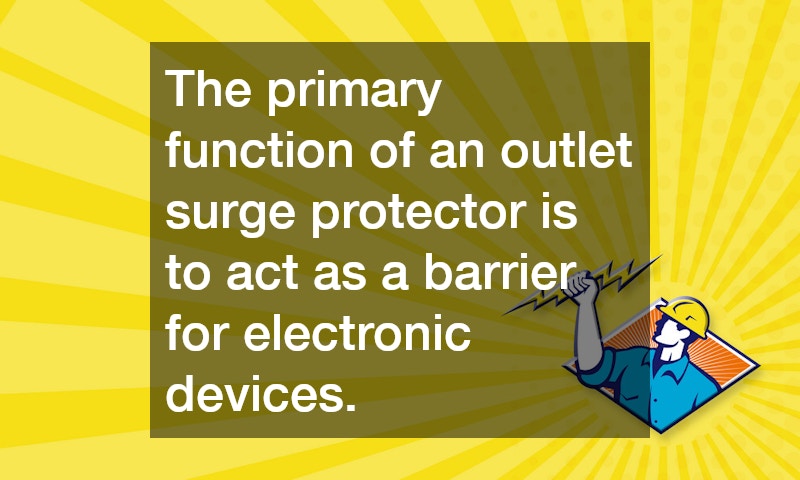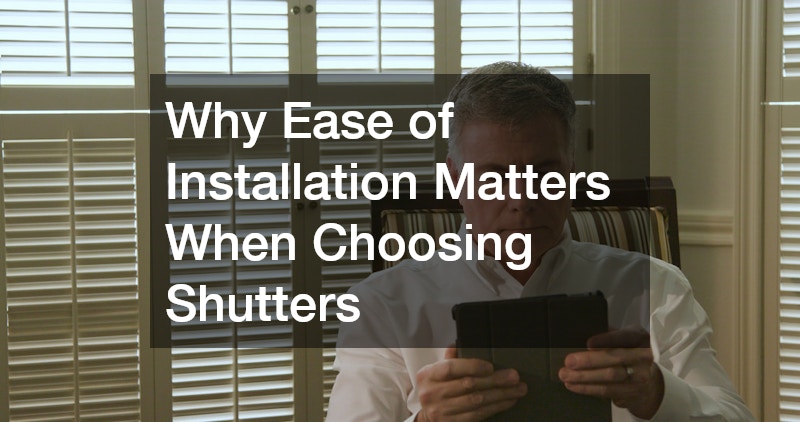Outlet surge protectors are essential devices designed to shield your electronics from electrical surges. These appliances work by diverting excess voltage, protecting your devices from potential damage. Often overlooked, surge protectors play a critical role in prolonging the life of your electronic gadgets.
They are particularly useful in areas prone to frequent power fluctuations, offering peace of mind with every use. By investing in a reliable surge protector, you can safeguard your valuable equipment against unforeseen electrical surges.
The primary function of an outlet surge protector is to act as a barrier for electronic devices. When voltage spikes occur, a surge protector directs the excess electricity into the ground, preventing it from entering connected devices. This mechanism is crucial for protecting sensitive equipment such as computers, televisions, and gaming consoles. Without a surge protector, a sudden power surge could result in costly repairs or replacements. In essence, surge protectors are lifesavers for your electronic investments.
It’s important to understand the difference between a surge protector and a power strip. While both may look similar, only surge protectors include a component called a metal oxide varistor (MOV). The MOV is responsible for absorbing surplus voltage and dissipating it safely. Many people mistakenly use regular power strips as surge protectors, leaving their electronics unprotected. Choosing a surge protector over a power strip ensures your devices receive full protection against unexpected power surges.
The Importance of Surge Protection in Everyday Life
In our modern world, the ubiquity of electronic devices makes surge protection more important than ever. From smartphones to home entertainment systems, countless gadgets are vulnerable to power surges. As a result, integrating surge protectors into your daily routine is a wise decision. By doing so, you minimize the risk of damage, ensuring your devices remain functional and efficient. Furthermore, surge protectors contribute to reducing stress, knowing your appliances are safe from electrical threats.
Power surges can occur for various reasons, including lightning strikes, power grid fluctuations, or even large appliances cycling on and off. These surges can cause immediate damage or gradually degrade electronic components over time. As such, relying on outlet surge protectors is crucial for maintaining your devices’ longevity. By investing in surge protection, you preserve the performance and efficiency of your electronics, ultimately saving you time and money in the long run. It’s a small investment that leads to significant benefits.
The practical applications of surge protectors extend beyond just safeguarding expensive devices. They offer an extra layer of protection for smaller, everyday items such as kitchen appliances and personal grooming tools. Ensuring all these gadgets are plugged into a surge protector reduces the likelihood of inconveniences caused by power surges. By implementing surge protection throughout your home, you maintain continuity and convenience in carrying out day-to-day tasks. This holistic approach to protection underscores the utility of surge protectors in everyday life.
Choosing the Right Outlet Surge Protector for Your Needs
Selecting the appropriate outlet surge protector for your home or office requires careful consideration. Several factors determine the best surge protector for your setup, including the devices you wish to protect and the environment they reside in. Start by assessing the number of outlets you need; this ensures all your devices can connect to a single surge protector. Additionally, pay attention to the joule rating, which indicates the energy absorption capacity. A higher joule rating is preferable for protecting high-value electronics.
Another critical feature to consider is the clamping voltage, which determines the voltage level at which the surge protector activates. A lower clamping voltage offers superior protection by activating sooner during a surge event. Consider surge protectors with built-in indicator lights that signal when the protector is operational and providing protection. This feature enables you to monitor the status of your surge protector easily. Timely replacement of worn-out surge protectors is also essential to maintain optimal protection for your devices.
When choosing a surge protector, take note of specific requirements, such as mounting options and cord length, to fit your space. Some models offer additional features like USB ports for charging mobile devices, adding extra convenience. By prioritizing these considerations, you ensure the surge protector meets your exact needs and preferences. It’s also beneficial to purchase surge protectors from reputable brands known for their reliability and performance. Proper research and informed decisions help you secure the best protection for your technological investments.
Maintaining and Replacing Your Surge Protector
Regular maintenance and timely replacement of surge protectors are vital to ensuring continuous protection. Over time, surge protectors can wear out as they absorb electricity from various surges. Monitoring their performance and understanding when to replace them is key to maximizing their utility. A surge protector’s lifespan can be affected by the intensity and frequency of surges it encounters, so periodic assessments are crucial. By doing so, you avoid potential risks associated with worn-out devices.
One of the easiest ways to maintain your outlet surge protector is by checking the indicator lights if they are available. These lights provide immediate insight into the operational status of the device. If the light indicates the protector is no longer providing surge protection, it’s time for a replacement. Another practical step is to periodically test the function of your surge protector using a voltage tester. Regular checks help you maintain the integrity of your surge protection system.
Understanding when to replace a surge protector is as critical as having one. A general rule of thumb is to replace surge protectors every two to three years, depending on the usage environment and frequency of power surges. Over time, the components within a surge protector can degrade, reducing its effectiveness. Installing a new surge protector ensures your devices continue to receive maximum protection against sudden power surges. This proactive approach saves you from potential damages and costly repairs.





